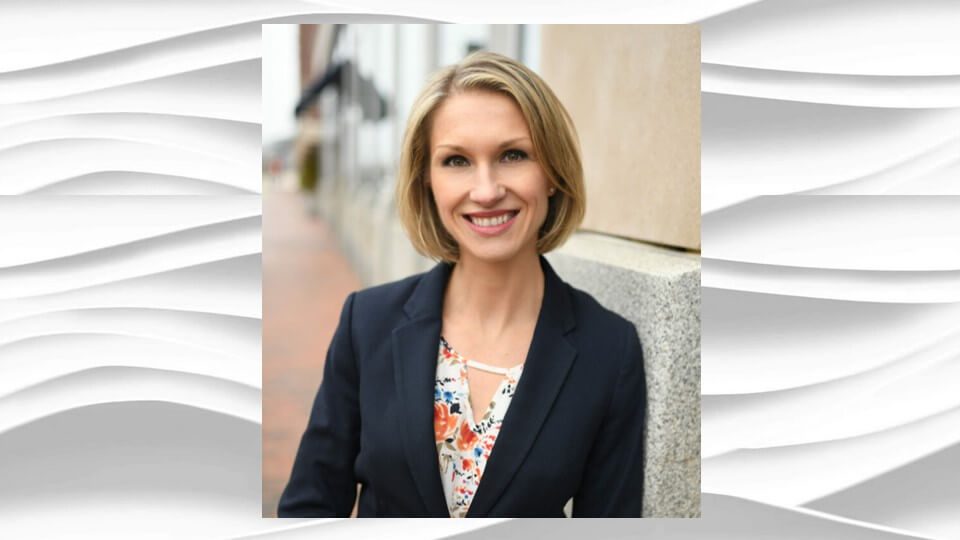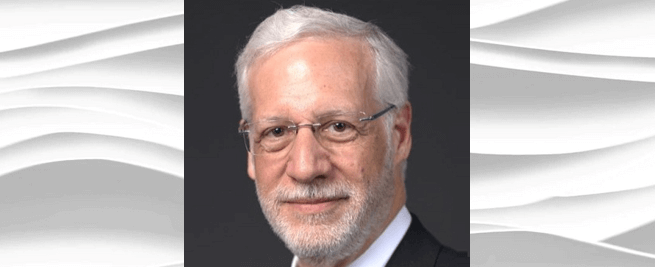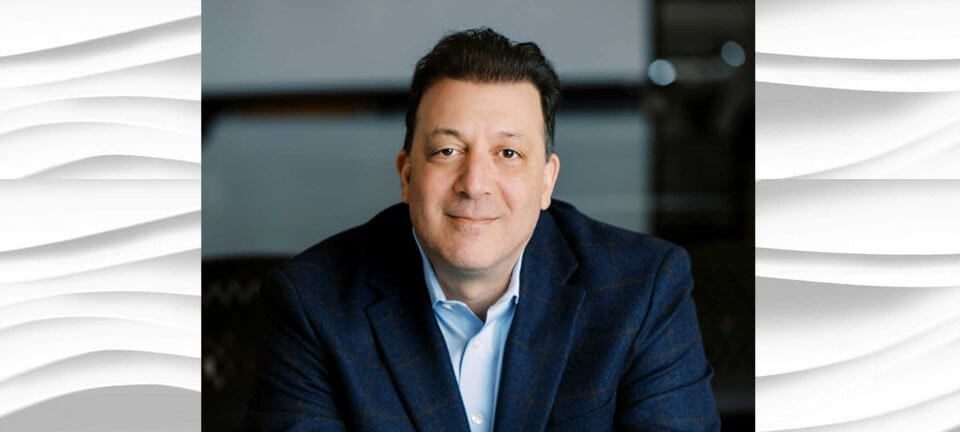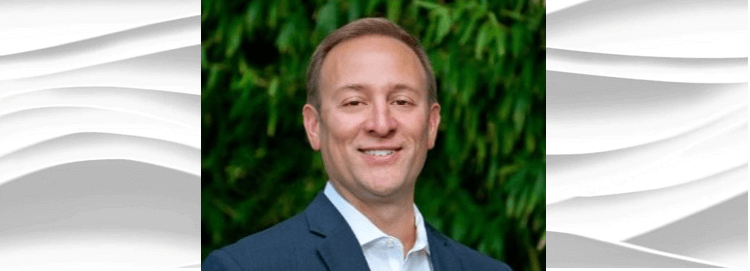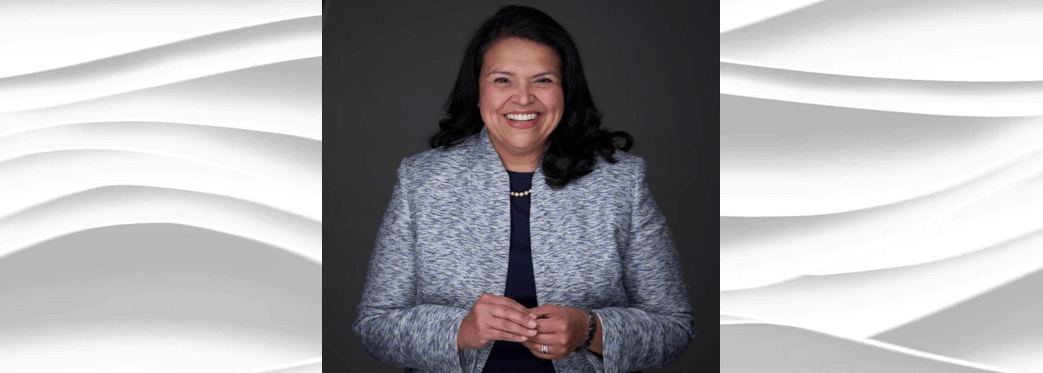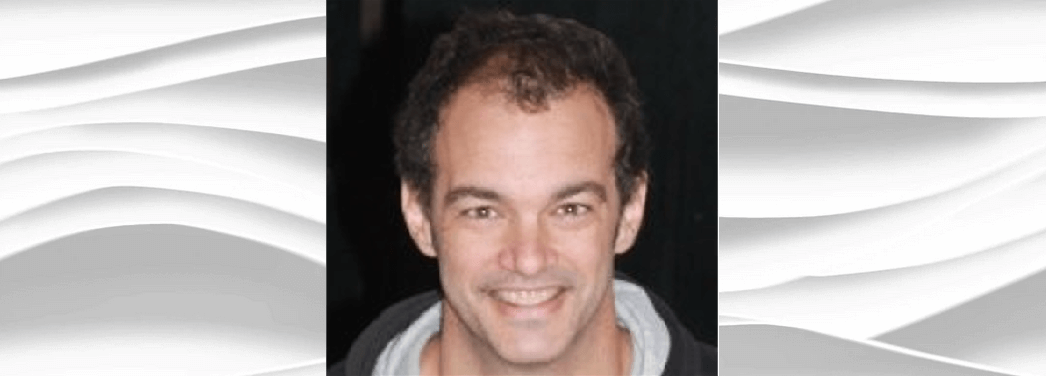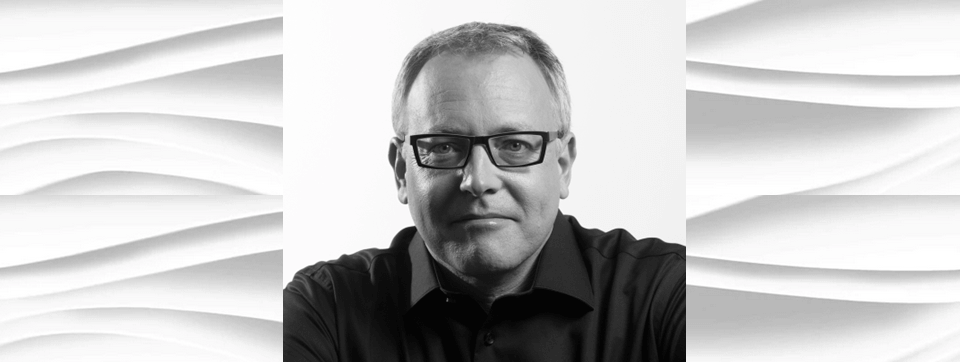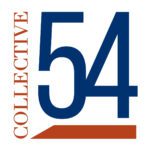Boutiques become market leaders by building a commercial sales engine that is capable of scaling. On this episode, we invited Lenka Lechmanova, CEO at V2 Strategic Advisors. She shares how her firm has cultivated a homegrown talent strategy, established sales processes and metrics to benchmark performance, and moved away from partner selling.
TRANSCRIPT
Greg Alexander [00:00:15] Welcome to the Boutique with Collective 54, a podcast for founders and leaders of boutique professional services firms. For those that aren’t familiar with us, Collective 54 is the first mastermind community to help you grow, scale and exit your firm bigger and faster. My name is Greg Alexander and I’m the founder and I’ll be your host today. On this episode, we’re going to discuss a sales and marketing process. The reason why we’re going to talk about this is because on the path of a boutique, from the growth stage to the scale stage to the exit stage, it’s important that a firm moves away from a partner led sales model or a CEO led sales model, and they build a repeatable sales engine of some kind. And that typically involves development of talent, process design metrics, tracking things of that nature. And it can be a stumbling block for some because our founders and CEOs are naturally gifted in this area usually, and they tend to be the chief rainmaker for a period of time, or in some cases, founders and CEOs are more operationally focused, and sales and marketing is a new skill for them, and they have to learn how to do this. And it’s a real challenge, you know, to develop this capability. And it’s essential to scale. It’s particularly essential to exit. And the reason for that is because anybody who might want to buy a firm wants to know that there’s some system in place that is going to be able to predictably and on a regular basis, bring in new clients and expand existing clients. So that’s what I’m going to talk to talk about today. And we have a role model who’s going to be our expert, if you will, and her name is Lenka Lechmanova, that I pronounce that last name correctly.
Lenka Lechmanova [00:02:15] Yes, you did.
Greg Alexander [00:02:16] Okay. Very good. And she’s in the middle of this. I’ve spoken to her about this before, and I’m pleased that she’s here and willing to share her experiences so far on this topic. So. So, Lenka, thanks for being here. And would you introduce yourself to the audience, please?
Lenka Lechmanova [00:02:33] Sure. I’m Greg. Thank you for having me. My name is, as you said, Lenka Lechmanova. I’m the CEO of V2 strategic advisors. We are a technology and management consulting firm focused on Salesforce.com digital transformation projects. And our business was originally founded by by a founder that specifically focused on sales and marketing processes versus AI and operationally founded and oriented CEO that has is not selling or delivering services. Yeah.
Greg Alexander [00:03:14] So Exhibit A to what I was talking about at the at the beginning and we have many, many members in the collective in a similar situation. So your your topic in your talk today is going to resonate. So I guess let me start there. So for somebody who is a CEO and doesn’t come from the sales and marketing background, but knows that this is a critical thing for your firm, what’s the first thing you did to get familiar with it, to get started on this journey?
Lenka Lechmanova [00:03:43] You know, truly, it is not what I did, but what the founders did to transfer that knowledge into the organization. And really how it started is they’re recognizing that this is a journey that he needs to take and transition from him running sales and marketing completely to growing the team. I will say in our organization we have tested various models and the one that has proven to be the most effective is really transferring that knowledge to someone within the organization that may not necessarily have the traditional sales background, but really understands what we do and how to sell the value of the organization.
Greg Alexander [00:04:38] So that’s interesting and that’s encouraging because some would say that somebody who doesn’t come from a sales background is never going to be able to sell. I disagree with that. I think it’s a learned skill and it sounds like you’ve had some success with this in teaching those that don’t come from a sales background but really understand who you are, what you do, your clients, your solutions. They’re having success.
Lenka Lechmanova [00:05:02] Yeah. I think, you know, it’s recognizing what your business sells. I think you as a business, you have to understand what is unique about what you’re selling in professional services, especially in the niche market. Like we are, we although there’s many Salesforce services providers, we have focused on specific niche market and becomes a lot of enabling a lot of education for our clients. So really that consultative approach, it was key to our sales model there and therefore that transition from founder led sales organization was critical that we bring someone who understands we’ve been there delivering the services to our clients and understands the journey so that value based selling can be created.
Greg Alexander [00:06:00] You know, in the niche that you’re in, an understanding that niche. So for the audience, maybe, maybe go one level deeper there. What is your specific niche?
Lenka Lechmanova [00:06:09] Our niche is we focus on a lot on media and entertainment clients or clients in this particular industry. We focus on other we expanded our repertoire, but particularly at the time and were transitioning from our founders based model. We predominantly serviced media and entertainment organization and helping that they are middle office management, standing up and creating digital transformation. And in that particular industry, understanding how ad sales management and digital sales management works is critical. It is not something that you can just you know, it is not just enough to understand the technology background and the sales force. You have to have a specific industry knowledge and understand how those type of clients operate.
Greg Alexander [00:07:04] Okay. Well, that would explain it. It sounds like that vertical industry, knowledge, media and entertainment and how this advertisement is sold was the mission critical skill that your prospects and customers were looking for. So therefore, it makes a lot of sense for somebody who really understand your solutions in great depth to be in the sales capacity, because that’s what the prospects are looking for. Just for context, did you attempt to hire or develop traditional salespeople who didn’t have that industry experience? And it was through that experiment that you learned that that’s what’s required or that it happened more organically, that you promoted some people from the delivery team into sales and they just thrived.
Lenka Lechmanova [00:07:52] Yes. And I will continue to expand actually on your question, because I think it’s a combination. I think the the yes, we promoted within the organization someone who worked very closely with the founder. And there are actually two aspects to it. One was sales engineering and one was actually that consultative selling. So really understanding the technical nuances and then understanding the value base. But then we also hire from outside for traditional account executive into traditional account executive roles because it was really important that we create a wealth of relationships. Our selling model is also not just purely account based outreach, but it’s also channel. So we do a lot of combination of account based sale as well as channel based sales channel for those who don’t have that model. So we have to collaborate very heavily with the account executives that sell actual sales for software and for in order to be effective, you really need to do both. You need to do prospecting activities as well as growing your relationship in a channel. And therefore, we our approach was to do a combination of few different things. So really having technical experts who can support sales cycles and those were grown within the organization as well as thought leadership. And then we hired traditional sellers from professional services, but none of them were Salesforce experts. We have tried to hire from software companies in the different stages, but those skillsets didn’t necessarily translate well. And.
Greg Alexander [00:09:52] You know, and a lot of members have that same experience, right? So the lesson for all of us to take care is really understanding the job, the account executive. Job, the sales engineering job, in Lincoln’s case, at the detail level to know what the skills are required. Just because somebody was a successful account executive with X, Y, Z software company doesn’t mean they’re going to be successful with you. I mean, you’re using value based selling consultant to be selling. There’s a channel involved. You know, that’s a very specific job description. And I’m not surprised that the kind of nontraditional person that went into this role is having success. A delivery person in particular, what I would call a delivery person, a technical expert in your language. The question on that, sometimes when you go to technical experts and you ask them to get involved in business development, sales and marketing, they don’t want to. So how did you present the opportunity and encouraged them to to move in that direction?
Lenka Lechmanova [00:10:58] Well, I think it was kind of a natural transition. You know, we had a couple of team members that been with the organization for a while. And, you know, as every organization, you want to grow your talent and provide opportunities. And some of these opportunities were created by inviting them to sales cycles, helping them scoping, figuring out how we deliver, you know, what are the nuances, what questions do we need to ask in order to successfully deploy our our services? And the final aspect is also that understanding really what makes us unique in a marketplace and documenting it. I think our founder had a specific methodology that he used, and before we transitioned to the sales team to try to sales team, he worked with them for about 6 to 9 months side by side and documenting some of the processes or methodologies, creating a sales structure, taking, downloading what’s in his head that he didn’t necessarily have to put down because it was a little bit more smaller team that was selling or through principal consultants or subject matter experts that were involved. But taking that knowledge and translating into a system, into operating procedures and into best practices.
Greg Alexander [00:12:34] You know, it’s such a great point, and I’m really glad to hear that you finally took the time to do that. 6 to 9 months of documenting, you know, what was in what was in his head so other people could understand it and do what what he did. For those listening that are in the found role, that want to move to this sales model where other people in the firm can sell as well as you can sell, that’s a that’s a critical best practice to pay attention to. Like if I come to you for a moment so you are a self-described operationally focused CEO. I’m not putting words in your mouth. And we’ve talked about that. And one thing that I’ve always gained from you is that you believe in metrics. And I’m assuming that you have a set of metrics that you’re paying attention to that helps you, you know, learn what’s going on in the sales department. Would you mind sharing some of those metrics with us?
Lenka Lechmanova [00:13:27] Sure. Absolutely. So even before I transitioned to my current role, I worked very closely with the sales organization on driving behaviors of account executives and the activities that we want to foster. So, you know, for the founders that are looking to establish metrics or stand up to a traditional commercial team, sales team is identifying what activities they would need to what activities they struggle with at a top of the funnel or the middle of the funnel as at the bottom of the funnel. And, you know, drive the metrics around around those weak points in our particular and things, it was a little bit more top of the funnel with we had once we engaged in a client we tend to build trust in relationship of a prospect and we had quite a strong closing closing rate, especially, you know, the founder. But our challenge has always been a little bit more top of the funnel. So the lead generation and therefore when we stood up commercial team, our focus was, you know, it was how do we generate those, those leads? So we focused on measuring prospecting activities, what artists, individual sellers doing in terms of the outreach. To on in terms of their account as well as in their channel relationship. And our big goal was to grow those channel relationships. So we were measuring the expansion, how many new relationships they were forming and how many meetings or calls they were. They were managing over a period of one week, 30 days, and in some instances, what has been happening over the last 90 days. Right. Because certain activities, especially when you have a territory, you have to look at the size of the territory and define what’s realistic, that there is a touch point. So, you know, looking at your territory and saying this is, you know, you have to reach out to all your 50 or 100 accounts every week. That’s probably not realistic. But what are you doing over a period of 90 days? So dissecting that then from prospecting activities, from phone calls or emails, marketing materials, you know, we are trying to generate meetings. Meetings are what form forms that trust provides opportunity. So the second layer was, you know, you do those prospecting activities so you can get meetings. Once you have those meetings, you know, what are their target move channel direct. Either way, they got a result into opportunities and those opportunities ultimately result into converted sales. So it’s a little bit of funnel building through those prospecting.
Greg Alexander [00:16:30] And four stages activities, meetings, opportunities and then closed transactions. So that’s excellent. I appreciate you. Walk me through that. Well, listen, I could talk to you about this forever, but we’re at our our time window here. But on behalf of the members, I mean, your your story you use case is very interesting. You know, an organization that is transitioned from founder led sales to a commercial sales engine and you gave a lots, lots of stuff to think about. So I appreciate you being on the show today.
Lenka Lechmanova [00:16:59] Thank you for having me.
Greg Alexander [00:17:00] Okay, great. And for those that want to learn more about this topic and others like it, I suggest you pick up a copy of our book. It’s called The Boutique How to Start Skill and Sell a Professional Services Firm. And if you’re interested in meeting leaders of other process firms like Lanco, consider joining our mastermind community. And you can find it at collective54.com. Thanks again. Take care.
Lenka Lechmanova [00:17:25] Thank you.
Don Goldstein [00:19:06] Thank you.
